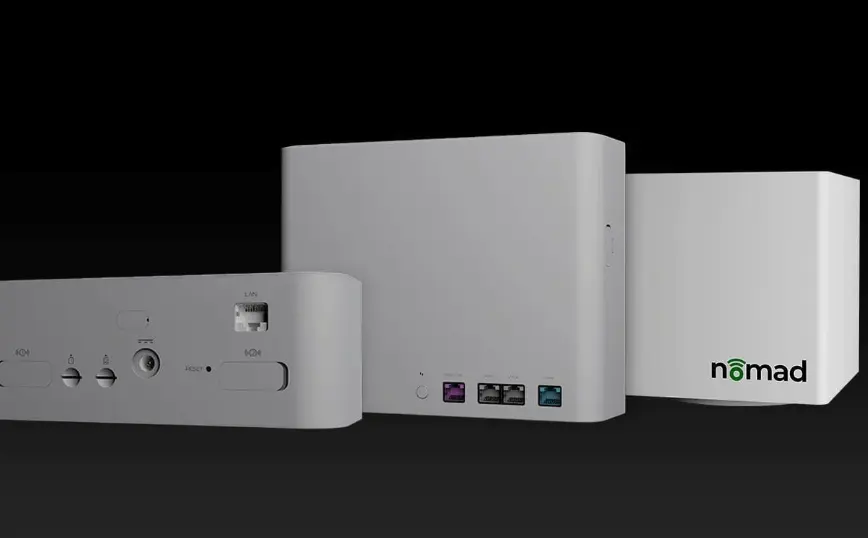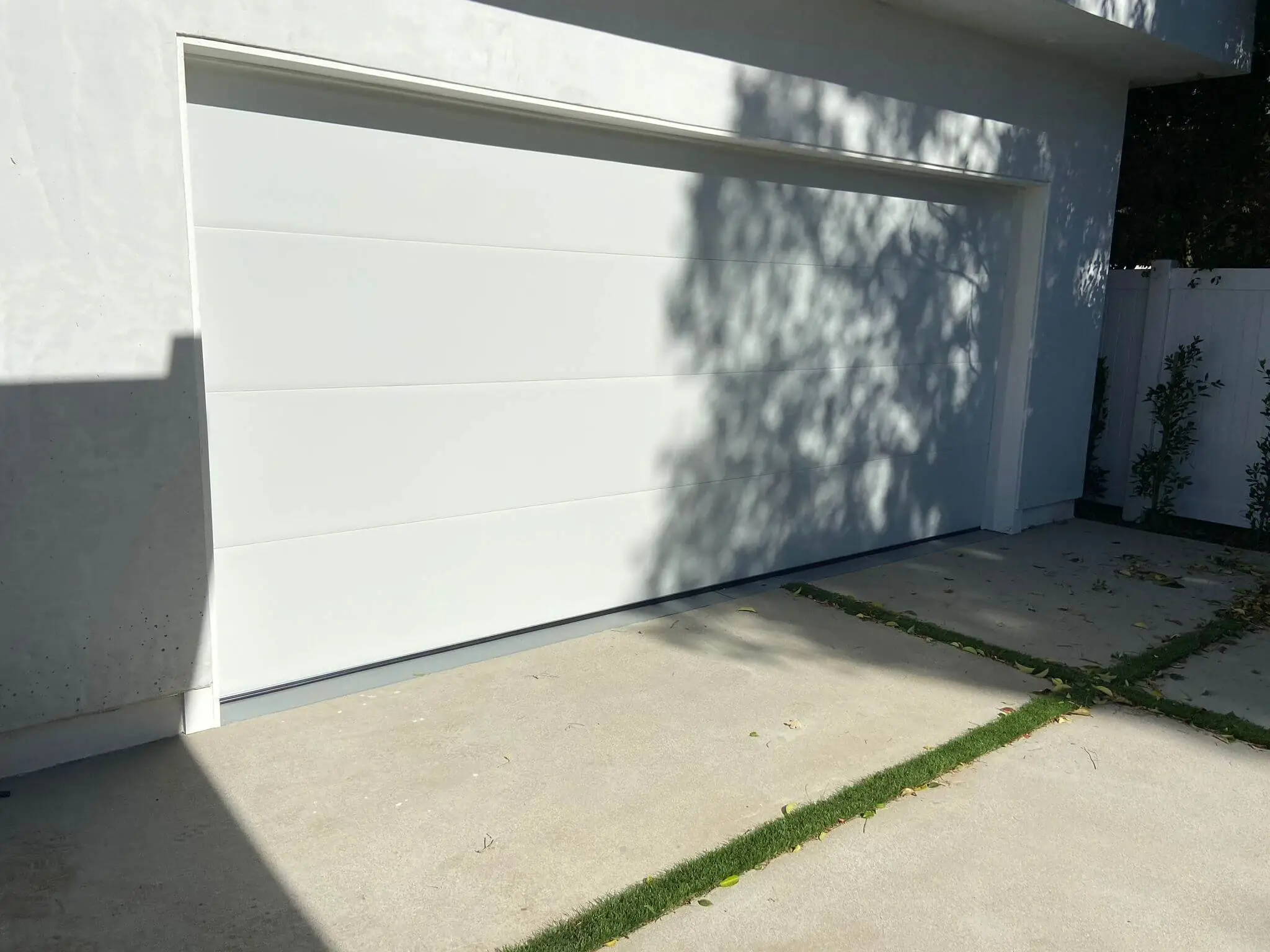
Understanding C-Band and How Nomad Internet Uses It for Connectivity
October 10, 2024
The digital revolution has completely changed the way people communicate with each other, work, and connect; high-speed access to the internet is becoming more crucial than ever. Thus, attaining consistent, high-speed internet from rural or remotely distanced regions is tricky due to various natural obstructions such as hills, thick forests, or just being far from urban infrastructure. In this regard, C-Band technology has thrown its hat as a critical solution toward containing this gap.
Nomad Internet is a company that hopes to bring Internet solutions even deeper into rural communities and the nomadic lifestyles of active end-users. C-Band technology provided fast yet reliable internet access to usually unreachable places. But what exactly is C-Band, and why does it work so well for rural internet solutions? This article will examine what C-Band is, its specific benefits, and how Nomad Internet uses it to enhance connectivity into the furthest reaches.

Content
What is C-Band?
C-Band refers to a particular range of frequencies used in wireless communication systems. Specifically, it occupies the mid-range frequency spectrum, typically between 3.7 and 4.2 GHz. This range strikes an ideal balance between coverage and speed, which is essential for internet services.
Lower frequencies (like those under 1 GHz) excel in long-distance communication and are good at penetrating obstacles like walls and trees, but they sacrifice speed. Meanwhile, higher frequencies (like those over 30 GHz, known as millimeter waves) deliver faster speeds but struggle with distance and are easily blocked by physical barriers.
C-Band sits in the middle of this spectrum. It offers reasonably fast data transmission while covering large areas and cutting through some obstacles, making it perfect for providing wireless services in rural and suburban settings. Initially used for satellite communications and TV broadcasting, C-Band has recently been repurposed for wireless broadband services like 5G.
Why C-Band is Essential for Rural Connectivity
The existing telecommunications structure in most rural areas leaves much to be desired. Running fiber optic connections overbroad, sparsely populated areas is pretty expensive. The challenging geographic environment and low population densities in rural areas have posed numerous obstacles for traditional wireless technologies like 4G and LTE, as it is financially unfeasible to construct new base stations and cell towers.
C-Band helps overcome these obstacles by:
- Extended Coverage: C-Band signals cover a larger area than higher-frequency bands. This is especially helpful in rural regions with fewer base stations, as a single C-Band base station can serve a wide area.
- Penetration through Obstacles: Most natural obstacles, such as trees, hills, and buildings, are common in rural areas. Hence, the C-band can support a stable link even in more complicated landscape topography because of its ability to penetrate some obstacles.
- Balanced Speed and Distance: While lower frequencies can cover longer distances, they compromise on speed. C-Band finds a sweet spot, offering faster data transmission than lower frequencies while covering a substantial area.
- Improved Reliability: Due to bad weather, rural users often need more reliable service. C-Band technology is more resistant and does much better in various weather conditions than other wireless technologies.
How Nomad Internet Leverages C-Band
Nomad Internet is a leader in providing internet solutions tailored to rural areas and nomadic lifestyles. Recognizing these regions’ specific challenges, the company has embraced C-Band technology to ensure its customers enjoy high-speed, reliable internet—even in areas where conventional providers may falter.
Here’s how Nomad Internet maximizes the potential of C-Band technology:
- Deploying Base Stations and Antennas
Nomad Internet installs strategically located base stations that transmit C-Band signals. These stations act like influential communication hubs, sending signals across vast areas. Smaller antennas (or repeaters) are placed in critical locations where signals might weaken due to natural barriers, ensuring the signal is evenly distributed and minimizing dead zones. - Overcoming Terrain Challenges
In rural areas, geographic features like hills, forests, and valleys can obstruct signal transmission. Nomad Internet addresses this by placing antennas and base stations in optimal spots, such as elevated areas where signals can travel more freely and reach more users. This system performs better under challenging terrains thanks to C-Band’s ability to pass through some obstacles than other wireless internet solutions. - Ensuring Reliability and Stability
Speed is crucial, but reliability is just as important for rural residents and businesses. Leveraging the unique qualities of C-Band, Nomad Internet provides fewer interruptions, ensuring a stable connection. This is critical for remote work, education, or business operations dependent on consistent internet access. - Expanding to Underserved Areas
One of the most significant advantages of C-Band is its ability to serve regions that lack traditional telecommunications infrastructure. Laying down cables in such areas is expensive and time-consuming. The C-Band wireless solution from Nomad offers a cheaper alternative whereby users can now enjoy high-speed internet before waiting for the fiber or DSL services to reach their communities.
C-Band and 5G: The Future of Rural Connectivity
As 5G networks keep expanding, the importance of C-Band is also growing. While urban areas will see ultra-fast speeds via millimeter-wave 5G, mid-band frequencies like C-Band will be used for broad 5G coverage in rural areas. Nomad Internet is leading the charge so that rural communities are not left behind as 5G becomes the standard for mobile and wireless Internet.
C-Band allows Nomad to offer clients even faster download and upload, lower latency, and better performance when using 5G. It is essential to rural users, as they can now do things that take up more bandwidth, like video conferencing, online gaming, or streaming video in HD.

Conclusion: A Game Changer for Rural Internet
C-band technology will help provide Internet access in these most rural and remote communities. There is just the perfect balance between coverage, speed, and reliability; the places where the traditional ways lack strength are ideal. Nomad Internet is helping bridge the digital divide by implementing C-Band, ensuring that even the most underserved areas will have fast, reliable Internet services.
As Nomad Internet continues to grow its network, more and more rural populations can look forward to experiencing high speeds with internet reliability-whether it’s for work, school, or staying in touch with family and loved ones. In today’s digital world, C-Band ensures that no one is left behind.

Linda Lucero is a travel blogger from the US. She loves to meet new people and explore new cultures, as well as try delicious foods. Linda’s blog is full of her adventures around the world! In her spare time, she likes reading books about other cultures and how they might be different from what she knows in the United States.













